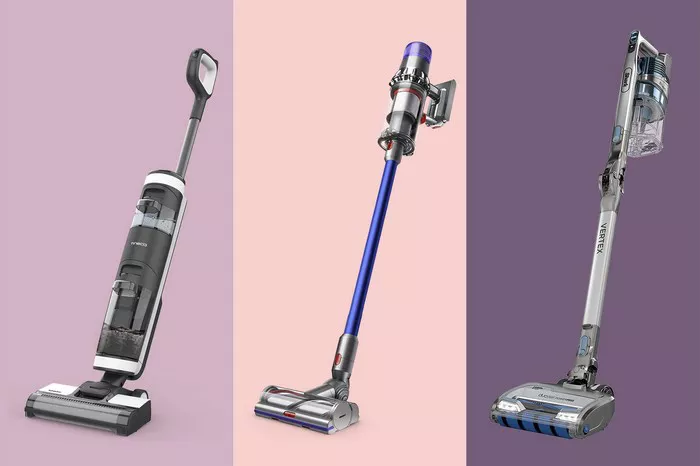In the eternal quest for cleanliness, the debate between the vacuum cleaner and the broom has persisted for generations. Each tool brings its own set of strengths and weaknesses to the cleaning battlefield, leaving homeowners grappling with the question: which reigns supreme?
In this comprehensive exploration, we delve into the nuances of cleaning efficiency, time and effort expended, versatility across surfaces, allergen control, noise levels, cost considerations, environmental impact, and the often-overlooked realm of user preferences and lifestyle factors.
By dissecting each aspect of these cleaning champions, we aim to equip you with the knowledge necessary to make an informed decision tailored to your unique needs and preferences. So, join us as we embark on the journey to uncover whether the vacuum cleaner truly holds dominion over the broom, or if tradition and simplicity still hold sway in the realm of household cleaning.
Cleaning Efficiency:
In the pursuit of a spotless home, the age-old question arises: which is more effective, the vacuum cleaner or the broom? Let’s delve into their cleaning efficiency.
Comparing the ability of both tools to remove various types of debris, including dust, dirt, pet hair, and larger particles, reveals distinct differences. Vacuum cleaners excel at deep cleaning, especially on carpets and rugs where dirt can become deeply embedded. Conversely, brooms are adept at swiftly sweeping away larger particles and surface-level debris from hard floors.
Time and Effort:
Efficiency in cleaning isn’t just about effectiveness; it’s also about convenience and effort expended. Vacuum cleaners typically require less physical exertion and less time to achieve a clean space compared to using a broom. This advantage becomes particularly evident in larger areas or for individuals with mobility limitations. However, for quick clean-ups or smaller spaces, the simplicity of a broom may suffice.
Versatility:
Beyond just sweeping floors, versatility plays a crucial role in determining the superiority of cleaning tools. Brooms are well-suited for hard floors and some carpets, but they may struggle with reaching tight spaces or cleaning softer surfaces like upholstery. In contrast, vacuum cleaners often come equipped with attachments and settings that enable them to clean various surfaces effortlessly. Certain models, such as cordless or handheld vacuums, offer added flexibility for cleaning hard-to-reach areas.
Allergen Control:
For those with allergies or respiratory sensitivities, maintaining indoor air quality is paramount. Here, the vacuum cleaner’s edge becomes apparent. Vacuum cleaners equipped with HEPA filters can effectively trap allergens, dust mites, and other airborne particles, reducing the risk of triggering allergic reactions. In contrast, while brooms can sweep away larger debris, they may inadvertently stir up dust and allergens, potentially worsening air quality.
Noise and Disruption:
Consideration must also be given to the noise generated during cleaning, especially in noise-sensitive environments. Vacuum cleaners tend to be louder than brooms, which may be a concern in shared living spaces or during quiet hours. Brooms, with their quieter operation, offer a more discreet cleaning solution.
Cost and Maintenance:
The financial aspect of cleaning tools is another factor to weigh. Brooms are generally more cost-effective upfront and entail minimal maintenance. Vacuum cleaners, however, may require additional costs such as filter replacements and occasional repairs. Despite the initial investment, the long-term benefits of efficiency and convenience may justify the expense for many users.
Environmental Impact:
In an era of increasing environmental consciousness, the ecological footprint of cleaning methods cannot be overlooked. Brooms, being manual tools, have minimal environmental impact and produce no emissions. However, certain vacuum cleaner models are designed with energy-efficient features and may use eco-friendly materials, mitigating their environmental impact to some extent.
Conclusion
Ultimately, the choice between a vacuum cleaner and a broom hinges on individual preferences, lifestyle factors, and specific cleaning needs. While some may appreciate the convenience and thoroughness of a vacuum cleaner, others may prefer the simplicity and tactile experience of using a broom. Personal preferences, along with considerations of efficiency, versatility, and environmental impact, should guide the decision-making process.

